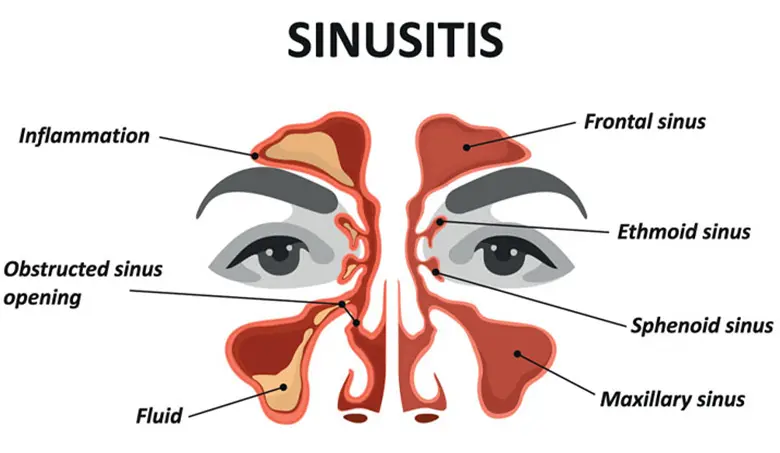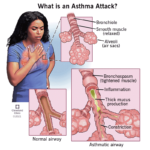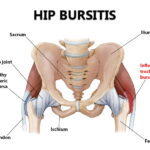Acute bacterial maxillary sinusitis (ABMS) is a common condition characterized by the inflammation of the maxillary sinuses caused by bacterial infection. Left untreated, it can lead to significant complications, impacting overall health. This guide provides detailed insights into the causes, symptoms, diagnosis, treatment options, and preventive measures for managing ABMS effectively.

Understanding Acute Bacterial Maxillary Sinusitis
The maxillary sinuses, located in the cheekbones, are susceptible to infections caused by bacteria, viruses, or fungi. Acute bacterial maxillary sinusitis occurs when bacterial infections lead to inflammation and obstruction in these sinuses, often following an upper respiratory tract infection.
Causes
Several factors contribute to the development of ABMS, including:
- Bacterial Infections: Common pathogens include Streptococcus pneumoniae, Haemophilus influenzae, and Moraxella catarrhalis.
- Blocked Sinus Openings: Structural abnormalities, such as a deviated nasal septum or nasal polyps, can impede drainage, fostering bacterial growth.
- Allergies: Chronic allergies can lead to prolonged sinus inflammation and increase the risk of bacterial superinfection.
- Impaired Immunity: Conditions like diabetes or immunodeficiency can elevate the risk of bacterial sinusitis.
Recognizing Symptoms
Accurate identification of symptoms is crucial for early diagnosis and effective treatment. Common signs of ABMS include:
- Facial Pain and Pressure: Concentrated around the cheeks and upper teeth, often worsening with head movement.
- Nasal Congestion and Discharge: Thick yellow or green mucus is a hallmark of bacterial infections.
- Fever: Elevated temperature, typically in cases with severe infection.
- Reduced or Lost Sense of Smell: Anosmia or hyposmia often accompanies sinus blockages.
- Headache: Dull, persistent pain localized to the sinus region.
Diagnosis
Accurate diagnosis ensures proper management of the condition. Diagnostic approaches include:
1. Clinical Evaluation
A detailed medical history and physical examination are essential for diagnosing ABMS. Key findings include tenderness over the maxillary sinuses and purulent nasal discharge.
2. Imaging Techniques
In complicated cases, imaging studies may be necessary:
- X-rays: Useful for identifying opacities in the sinus cavities.
- CT Scans: Provide detailed images of sinus anatomy, highlighting blockages or structural abnormalities.
3. Bacterial Cultures
Obtaining nasal or sinus aspirates can help identify the causative pathogen, guiding targeted antibiotic therapy.
Treatment of Acute Bacterial Maxillary Sinusitis
Effective management of ABMS involves a combination of medical therapies and supportive measures.
1. Antibiotic Therapy
Antibiotics are the cornerstone of treatment for bacterial sinusitis:
- First-line Agents: Amoxicillin-clavulanate is commonly prescribed due to its broad-spectrum coverage.
- Alternative Options: For penicillin-allergic patients, doxycycline or fluoroquinolones like levofloxacin may be considered.
2. Symptom Management
Relieving symptoms is essential for improving patient comfort:
- Decongestants: Nasal sprays, such as oxymetazoline, help reduce nasal swelling.
- Analgesics: Over-the-counter pain relievers like ibuprofen alleviate facial pain and headaches.
- Saline Irrigation: Nasal rinses improve mucus clearance and maintain sinus hygiene.
3. Surgical Interventions
In severe or refractory cases, surgical options such as functional endoscopic sinus surgery (FESS) may be necessary to restore sinus drainage.
Preventive Measures for Acute Bacterial Maxillary Sinusitis
Preventing ABMS involves minimizing risk factors and promoting sinus health:
- Manage Allergies: Use antihistamines or corticosteroid nasal sprays to control allergic inflammation.
- Avoid Smoking: Tobacco smoke irritates the nasal passages and increases susceptibility to infections.
- Maintain Hydration: Staying hydrated keeps mucus thin, aiding drainage.
- Prompt Treatment of Upper Respiratory Infections: Address colds and viral infections early to prevent bacterial superinfection.
Complications of Untreated Acute Bacterial Maxillary Sinusitis
While most cases resolve with appropriate treatment, untreated ABMS can lead to severe complications, including:
- Orbital Cellulitis: Infection spreading to the tissues around the eyes.
- Abscess Formation: Pockets of pus within the sinus or surrounding structures.
- Intracranial Complications: Rare but severe, including meningitis or brain abscess.
Acute bacterial maxillary sinusitis is a manageable condition with timely diagnosis and treatment. A combination of targeted antibiotic therapy, symptomatic relief, and preventive measures can significantly improve outcomes. Early intervention and patient education are key to reducing complications and enhancing recovery.

